Mark Hamill on exploring Luke's darker side and playing the mentor in Star Wars: The Last Jedi
Luke who's back! SFX magazine has an audience with Mark Hamill to discuss the return of a Jedi

"It was one of the most elaborate entrances in showbusiness!” laughs Mark Hamill when our sister publication SFX magazine asks him about his blink-and-you’ll miss it appearance in The Force Awakens. You know the one. You sit through the whole of the new, hotly anticipated Star Wars movie waiting for a glimpse of Luke Skywalker – having been reunited with Han Solo, Leia, Chewbacca, C-3PO, R2-D2, Admiral Ackbar, and even Nien Nunb along the way – and then you get barely a minute of an old bearded guy with a robot hand on top of a remote island. He doesn’t even have anything to say. Has any movie star ever had higher billing (he was second only to Harrison Ford) for less screen time?
“I think it was a practical decision to push my story to Star Wars: The Last Jedi because the plate was so full,” Hamill explains, impressively diplomatically “You had to establish all these new characters, you had to honour the end of Han Solo’s storyline, and it would have been too complicated. I thought the audience would demand that at some point Luke and Leia and Han were all together – I thought that would be a major bone of contention but I was wrong.”
In the two years since The Force Awakens, Luke’s meeting with Rey on Ahch-To has become one of the most talked about minutes in cinema history. What was going through the former saviour of the galaxy’s head when his potential new apprentice handed him the lightsaber he’d lost in The Empire Strikes Back? Not even Hamill knew at the time.
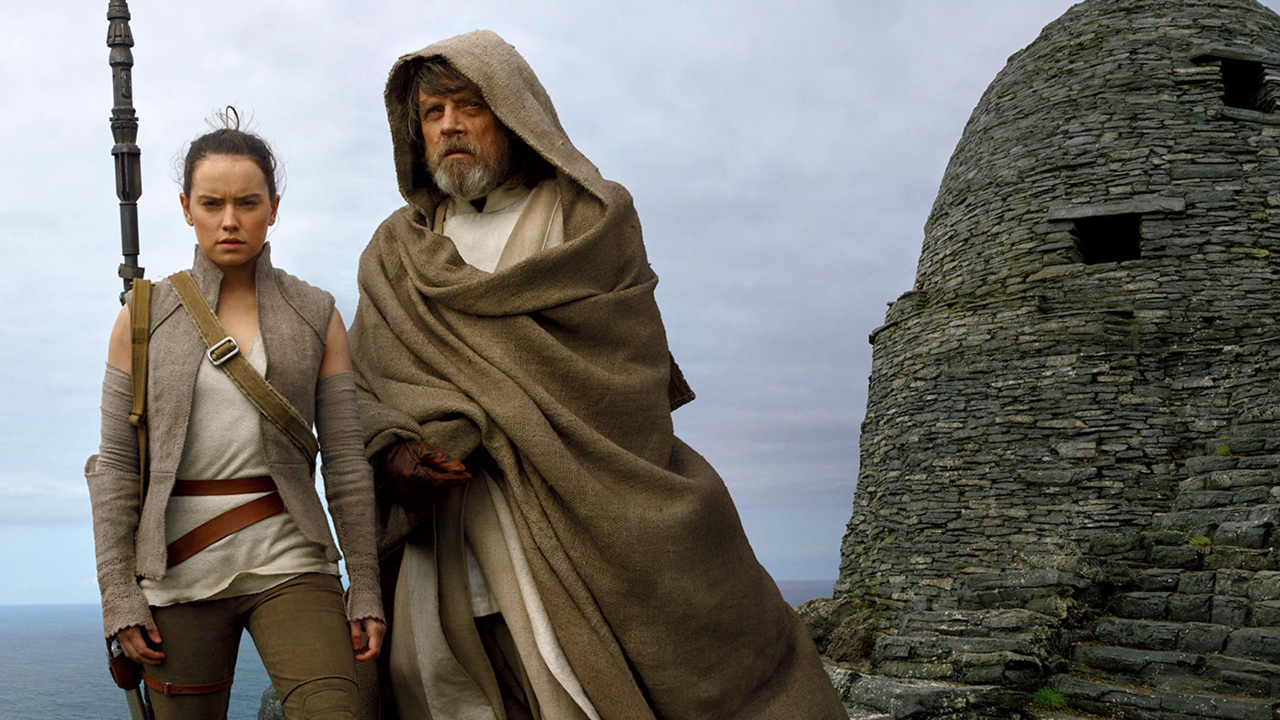
“[Director] JJ Abrams just said, ‘Turn around slowly, remove your hood...’” Hamill admits. “They were just going to run the camera for an extraordinary long period of time, and I thought I’m going to give them as much as I can, a range from bewilderment to suspicion to anger to doubt to great joy – I turned around one time and was so happy to see her!"
"Then JJ could take what little puzzle piece he needed and do with it as he wanted. I wasn’t really sure what he wanted either. It wasn’t really specified, it was very enigmatic, for a reason, because I’m not sure they even really knew. It’s like a relay where they pass the torch, because JJ writes whatever he wants and then hands it off, then Rian [Johnson, Episode VIII director] writes up to the end of 8 and hands it over to 9 without knowing where 9's going to finish. It’s that old cliché line – so crazy it just might work!"
"Who knows what’s the right way to do it? George Lucas handed over his notes for what he thought should happen in 7, 8 and 9, but after selling it to Disney for [indecipherable noise] billion dollars, they threw it all out and started from scratch, doing it the way they wanted. At that price they’re entitled!”
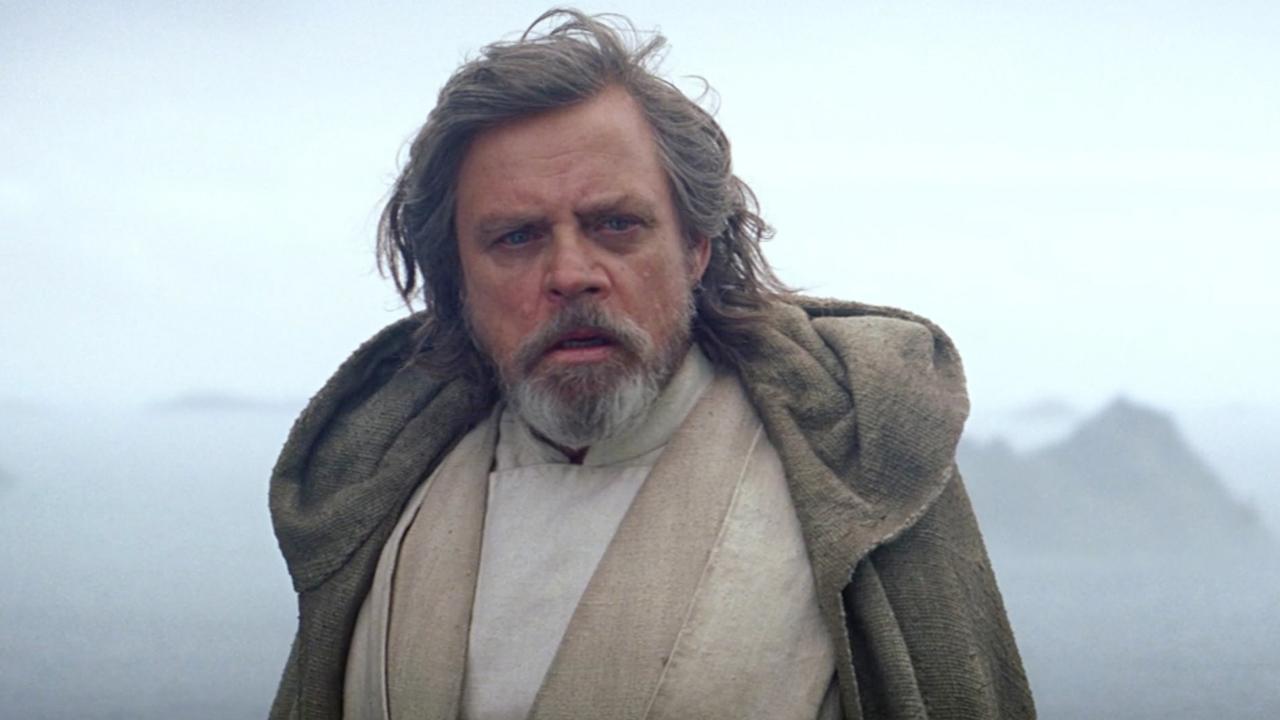
It’s safe to say that Luke is more than a McGuffin in The Last Jedi, the movie alternatively known as Episode 8 – he’ll have actual dialogue, for starters – but we know surprisingly little about where he’s at. Why he’s chosen to live on the remote Ahch-To – home to cute critters the Porgs and, smart money has it, the first Jedi temple – is a mystery, for example, as is the exact nature of what he’s been doing since overthrowing the Emperor three decades previously.
Get sneak previews, exclusive competitions and details of special events each month!
It’s fairly clear, however, that the wide-eyed boy who first followed Obi-Wan Kenobi on some damn fool idealistic crusade all those years ago is long gone, replaced by a more cynical, greyer model. Indeed, Skywalker is now the wise old hermit living in exile – Hamill is older than Alec Guinness was when he played Old Ben – though his faith in the Jedi Order isn’t quite so unwavering.
“As you know from the trailer, Luke says it’s time for the Jedi to end,” Hamill points out. “When I read it, I went ‘What!’ He was always the most optimistic character, who believed with all his heart and soul in what Yoda and Obi-Wan taught him. I said, ‘What could have happened in that gap that would make him be this cynical hermit who wants to end the Jedi?’"
"It was very troubling for me, but I came to realise that Rian wanted to do something that hadn’t been done before. If I was the same person from Jedi without the trauma, I would be just another version of Obi-Wan, and we’ve already seen that. And since it’s not my story anymore, now it’s Rey’s story, I think you can be more flexible in terms of how the supporting characters like myself are handled.”
Cool hand Luke
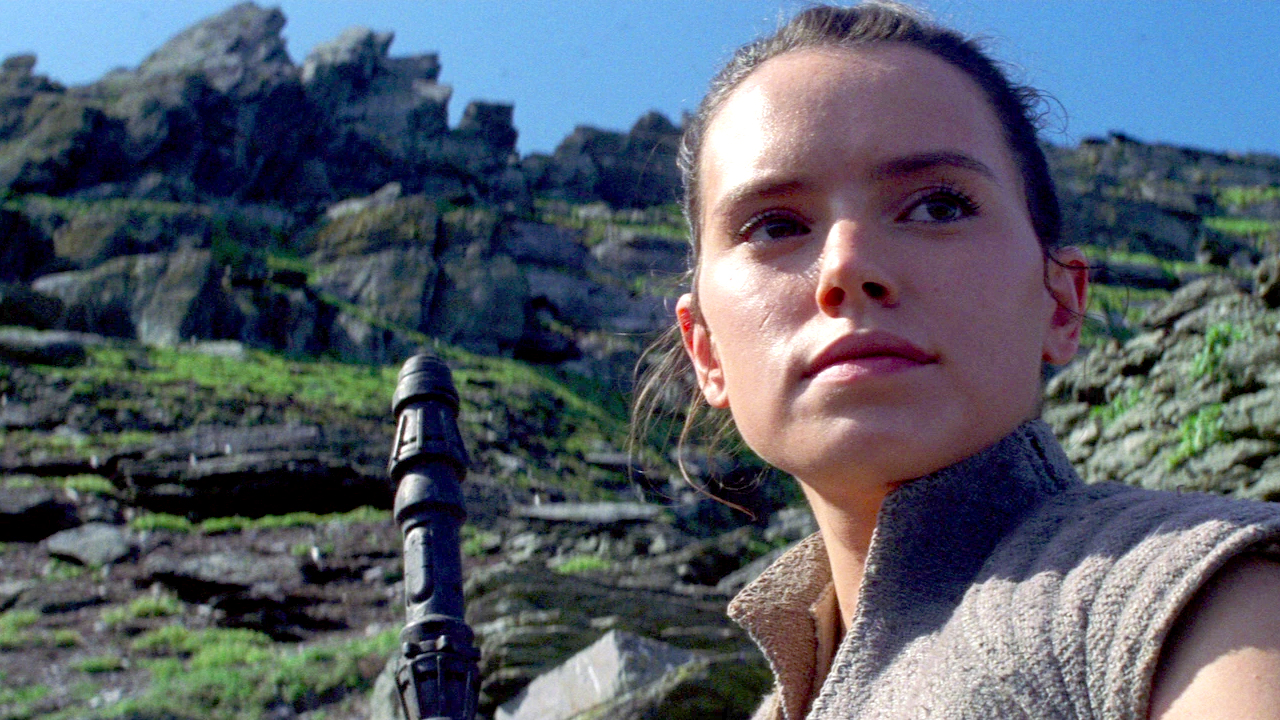
That, of course, is a big deal for someone who’s been synonymous with lightsabers and X-wings for 40 years. While Skywalker is Lucas’s creation and the intellectual property of the Walt Disney Company, Hamill is the man who realised him on screen, all the way from twin suns and “power converters”, to “I’m a Jedi knight, like my father before me”.
“I walked onto the Millennium Falcon set and I was just overwhelmed with emotion."
Mark Hamill
“You can’t help but feel a little ownership even though I didn’t create it,” he says. “Then you think, ‘These young punks think that they know Luke better than me!’ But this is the first generation of filmmakers who were fans, who were kids when the movies first came out, and now they’re reinterpreting them for a new generation. And at some point you have to realise they have to make the movie they want, they don’t have to make the movie I want.”
In the 34 years since Return of the Jedi he must have had some ideas about where Luke might have ended up, though?
“You would assume that after saving the galaxy the way he did he would become, like, a venerated member of the high Jedi order,” he laughs, “sort of like a cardinal or a monseigneur, who knows, maybe the Pope of Jedi!"
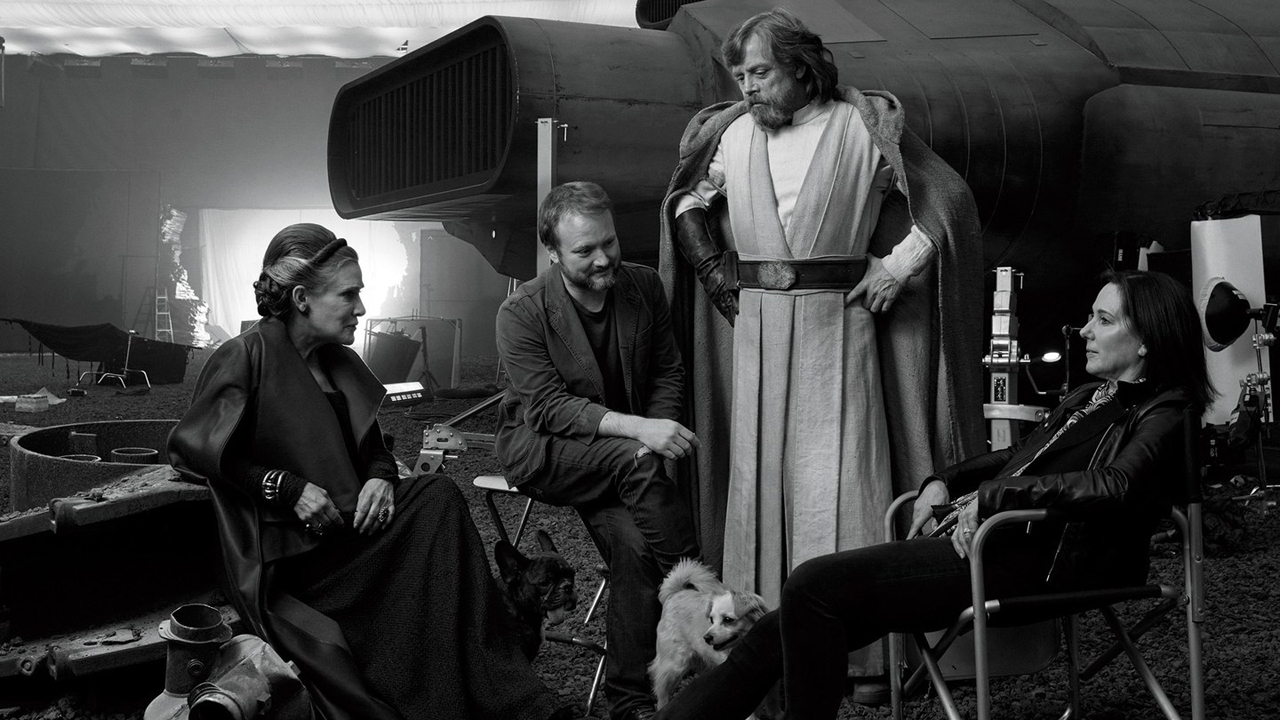
“My son Nathan is the real Star Wars buff,” Hamill adds, “and he told me years ago, ‘Dad, there’s this great story where they clone an evil Luke from your severed hand [Luke Skywalker in Timothy Zahn’s 1993 novel, The Last Command].’”
"I said, ‘Oh, baby, would I love that?’ Not only could you get to play your evil twin, but what a great idea that you bring Luke back, and the audience starts noticing him undermining the heroes, cutting their fuel supply inexplicably, maybe even killing one of the supporting characters. It would be so mindboggling, and then of course the real Luke shows up and that mystery is solved. But there’s too much Luke, and it’s not my story anymore."
“When I suggested it to Rian, he said he thought that was a cool storyline too, but it’s been done. Rian had to find a way to take elements of the movies that everyone expects to be there – the action, the adventure, the special effects, the creatures and humour – so that everyone feels they’re having a Star Wars experience, but also bring something new to the table, that’s challenging, that hasn’t been done before. I think he’s done it. This one doesn’t feel like any of the others to me, aside from the elements I just spoke about. People say, ‘Is it more like Jedi, is it more like Empire?’ I dunno, it’s sort of like its own thing.”
Journey's end
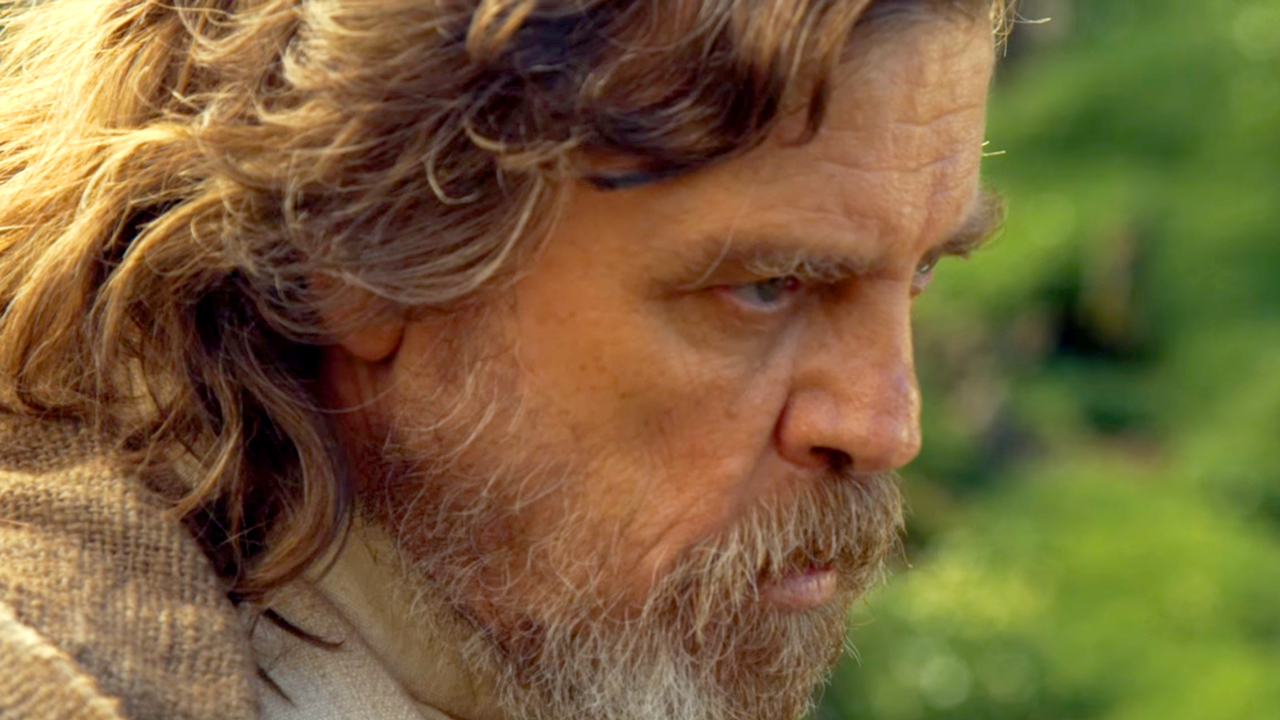
While Lucas’s three Star Wars prequels were content to build a galaxy far, far away on computer monitors, the new breed of Star Wars movie has taken a more tactile approach. There’s a real appetite for building spaceships, sets and creatures for real – and it had a profound impact on Hamill.
“I walked onto the Millennium Falcon set and I was just overwhelmed with emotion,” he admits. “Everything was exactly the way it was – it even smelled the same way. When I sat in the cockpit it was like visiting a childhood home that you thought had been torn down. It just unlocked something in my brain. I got goosebumps. My family was with me and I said, ‘Guys, I have to be alone here for a second.’”
The remote Irish island of Skellig Michael, the real-world location standing in for the aforementioned Ahch-To, had a similar effect on Hamill – but for very different reasons. “I remember when I was out on the salt flats in North Africa making the first film,” he says.
“I turned my back on the crew, and I looked out on the horizon... I was transported. I really felt like I was in a galaxy far, far away, because I had the robots and floating car, and I looked the way I did. I’d never been in a place like it. The salt flats are just 360 degrees of horizon, because nothing on earth can grow, so it’s unearthly. I never had that experience again when we were in Norway for Empire – snow is snow, I’d seen that before – and as beautiful as the forest of Endor was, it was like the sequoias that I had visited as a child."
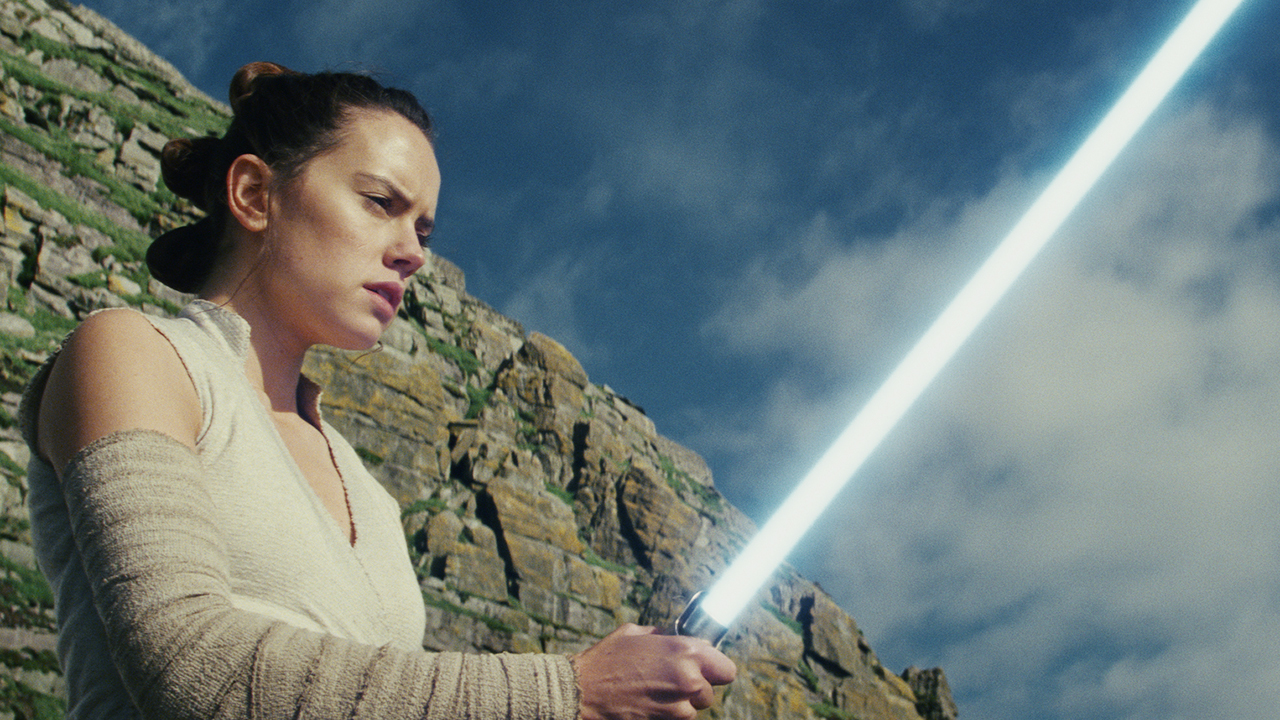
“And there was a moment on Episode 7 when I was just waiting around, and I turned away from the crew – I didn’t mean to recreate the moment! – and I was looking out, and it looked unreal. I just got goosebumps again, like I was in Tunisia, where I suddenly felt like I wasn’t on Earth. I’m not a Method actor where I really feel like I’m on another planet – but it was a remarkable feeling.”
Hamill describes climbing to the top of Skellig Michael as “brutal”. “When I first read the script I thought they’d do it on green screen,” he laughs. “I live in Malibu so I thought I’d just go up the road to JJ’s studios in Santa Monica. It’ll be a 7am call, they’ll probably get it in two shots, we’ll be done by lunchtime. Then they said they wanted to go to a real location...
“I said, ‘How long are you allowing the crew to get up the hill,’” he continues. “They said, ‘45 minutes’. I said, ‘Give me an hour and a half’. I had to stop every 100 steps because they’re not normal steps – they’re stone, and it’s up and up and it just never ends. They had this big mountain climber guide behind me to catch me in case I stumbled and fell. If I fall off the cliff and die, the insurance will go crazy – let’s face it, I’m an investment!”
This feature originally appeared in SFX magazine. For more sci-fi news, previews, and reviews pick up a copy now or subscribe so you never miss an issue.

Richard is a freelancer journalist and editor, and was once a physicist. Rich is the former editor of SFX Magazine, but has since gone freelance, writing for websites and publications including GamesRadar+, SFX, Total Film, and more. He also co-hosts the podcast, Robby the Robot's Waiting, which is focused on sci-fi and fantasy.




